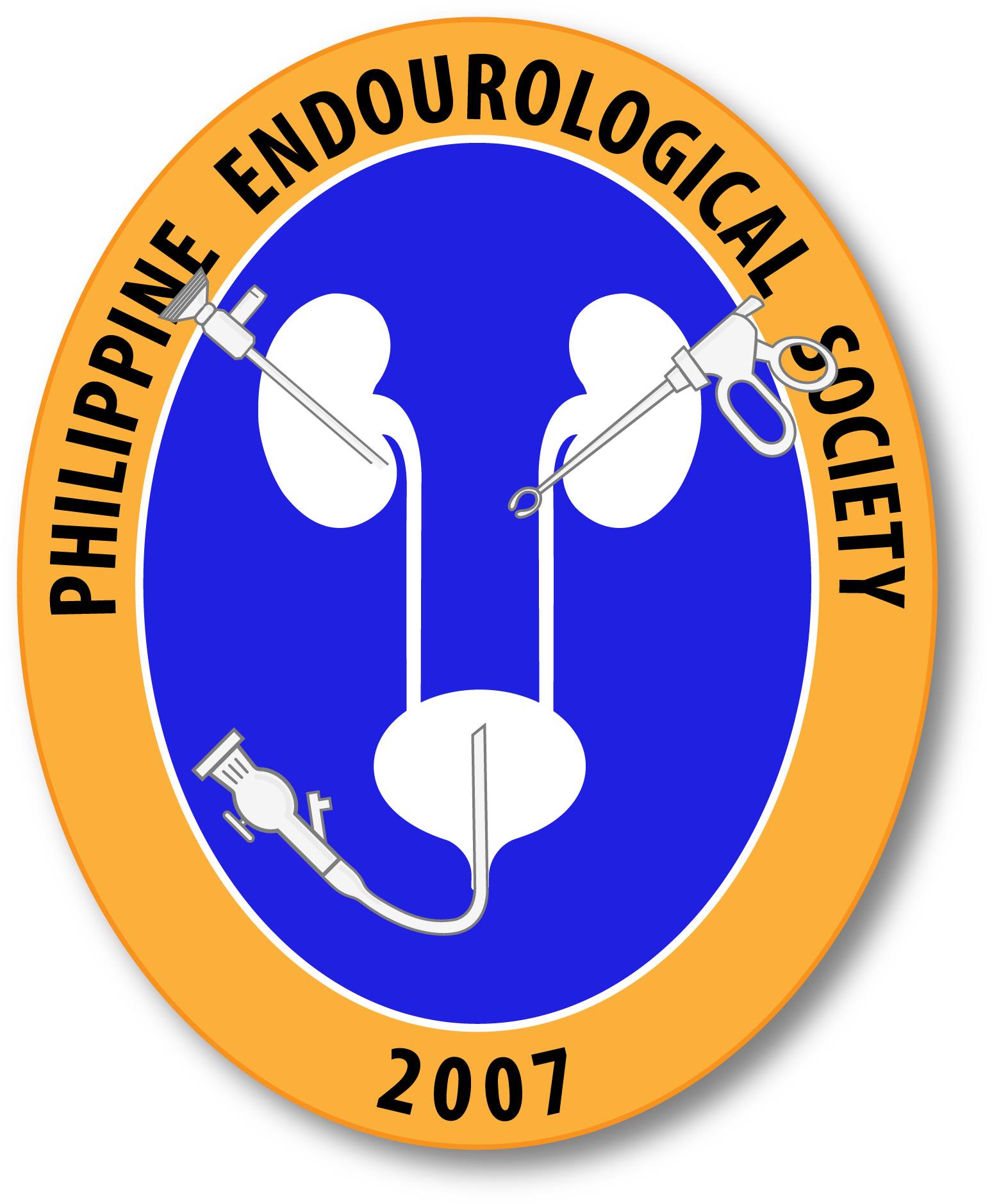Blue light cystoscopy (BLC) for the management of non-muscle invasive bladder cancer (NMIBC) is an evidence- and guideline-supported intervention that has been shown to increase cancer detection and decrease recurrence. That considered, there are practical limitations to the use of BLC including the availability of technology and peri-operative patient workflow that includes catheterization and instillation of hexaminolevulinate, the active compound that is preferentially taken up by rapidly dividing cancer cells and then visualized using blue light. Real-world practice patterns are difficult to assess, as survey data has a strong academic bias and claims databases may not accurately capture its use. Additionally, the application of other evidence-based interventions in NMIBC such as post-transurethral resection of bladder tumor (TURBT) intravesical chemotherapy is notoriously low, and therefore, BLC practice patterns are of particular interest.
